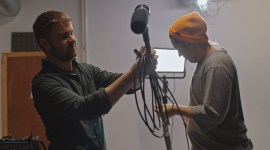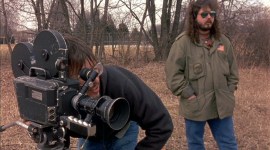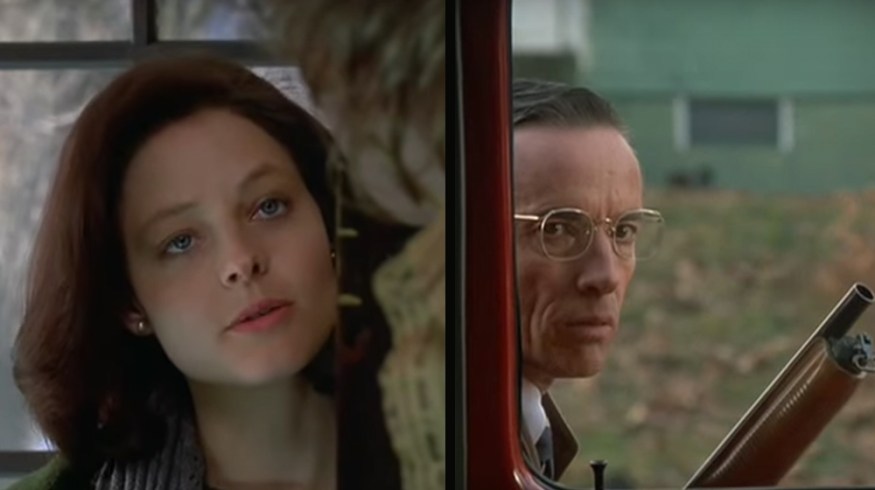
Master the Hollywood Technique of Parallel Editing
Parallel editing is a powerful tool. Here are classic Hollywood examples of the technique that will help you pull it off.
One technique tends to stand out from the myriad of editing techniques used by pros—parallel editing, a.k.a. cross-cutting. This editing technique is the process of alternating between two or more scenes that happen simultaneously in different locations within the world of the film.
With most films that utilize parallel editing, the corresponding scenes will eventually meet or have some connecting action.
To learn how to utilize this powerful technique, let’s look back at some of the best examples from cinematic history. From there, we’ll determine the value of using parallel editing and when it should be utilized.
First, a brief history of parallel editing.
Parallel Editing: A Brief History
In just about any film class, the first example of parallel editing you’ll learn is from 1903’s The Great Train Robbery. In this film, director Edwin S. Porter and his editor utilize the technique of parallel editing to build suspense and cinematic flow.
This technique was also used to give additional exposition to the film’s narrative.
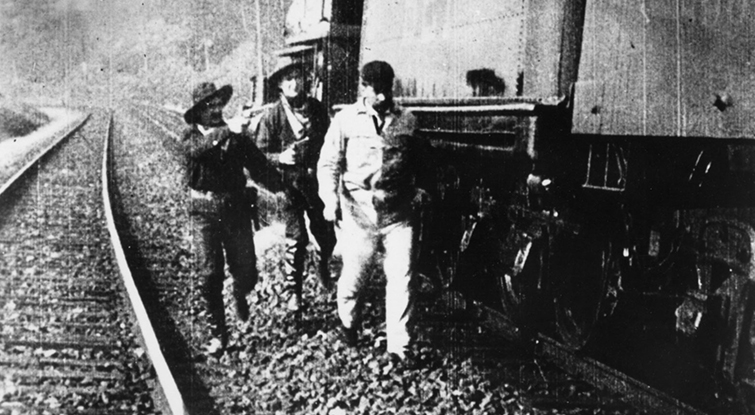
In 1915’s Birth of a Nation, director D.W. Griffith uses parallel editing to build dramatic tension and build the relationships of characters within the world. The use of this technique was incredibly well done in the film, and is widely-regarded (in terms of historical value) as it was one of the first films to have simultaneous action.
However, Griffith’s groundbreaking techniques would be overshadowed by the rightful criticism of the film’s controversial depiction of slavery and racism.
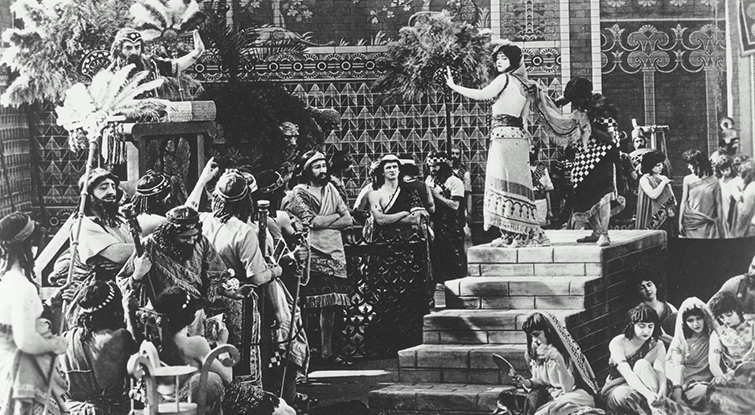
Griffith isn’t the only filmmaker to use parallel editing. Filmmakers such as John Ford, Steven Spielberg, Stanley Kubrick, Martin Scorsese, and Christopher Nolan utilize parallel editing almost routinely today.
So, where is the value of parallel editing, and when should it be used? Let’s look at these two questions and try to find some answers.
Where’s the Value?
The value in using parallel editing is that the technique adds another layer of suspense or pacing to the narrative. A good example of this value can be seen in The Godfather.
Here, director Francis Ford Coppola knew that a scene where Michael Corleone stands watch at a baptism could bring the film’s pacing to a halt.

To showcase the contrast between Michael’s declaration and what he has asked his henchmen to do, Coppola utilizes parallel editing. This increases the pacing and tempo of the scene and, in turn, makes the baptism portion of the scene much more powerful.
Video from Movieclips via YouTube.
When Should It Be Used?
You’re going to need a budget to make parallel editing happen, as it requires filming two sets of action that work together.
You also can’t just throw a parallel edit in a film for no reason. Like with any camera composition or editing technique, there needs to be the motivation behind it—a reason to utilize it.
A nice example of the motivated use of parallel editing comes from The Silence of the Lambs. In this scene, director Jonathan Demme utilizes the technique to perfection as we watch the FBI raid a house they believe belongs to Buffalo Bill. We even see Buffalo Bill react to the bell in his dungeon, which correlates to the FBI agent ringing the bell in the secondary scene.
However, when Buffalo Bill answers the door, we realize that agents aren’t on his front step—but Clarice Starling is.
Video from Gabriel Moura via YouTube.
Some of the most famous uses of this technique are found in Christopher Nolan‘s films. Inception, Interstellar, The Dark Knight, and other iconic Nolan films use the method specifically to help convey multiple dream states, memory loss, or even different space-time conundrums within the narrative.
Because of Inception‘s specific narrative, nearly the entire film is one long series of parallel edits.
Video from Lessons from the Screenplay via YouTube.
Mastering this technique will come in handy when you need to increase the tension and pace of a film, while also giving the audience more in-depth visual information for the narrative.
Looking for additional industry insights, tips, and advice? We’ve got you covered:
- The Never-Ending Discussion: Practical VFX vs. CGI
- Is Greig Fraser The New Roger Deakins?
- The Filmmaker’s Guide to the Establishing Shot
- 5 Unique Camera Angles to Incorporate in Your Next Shoot
- Tips from Renowned Cinematographers for Your Next Film
Cover image via Orion Pictures.



